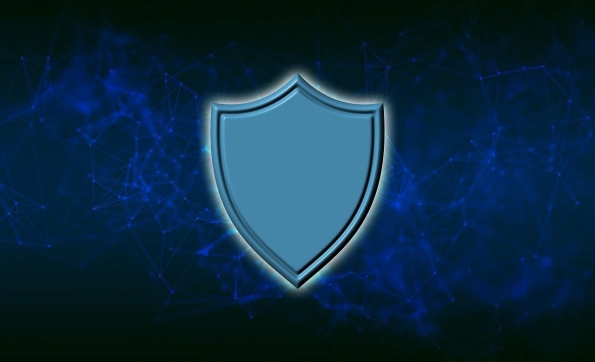Kaspersky’s recent enhancement of its Threat Intelligence Portal with the addition of the new Threat Landscape section is a significant development that aims to offer businesses a real-time, comprehensive overview of potential threats. The cybersecurity landscape has become increasingly perilous due to the sophisticated nature of modern cyberattack methods. To stay a step ahead, organizations need up-to-date threat intelligence to craft effective cybersecurity strategies. Kaspersky acknowledges this need and has responded by integrating the Threat Landscape section, which provides detailed data on threats specific to various industries and regions. This new feature builds on an already robust set of services available through the Threat Intelligence Portal, which includes Threat Analysis, Threat Lookup, Threat Data Feeds, and more.
Comprehensive Real-time Threat Overview
The primary appeal of Kaspersky’s new Threat Landscape section is its ability to offer real-time, detailed insights into the threat environment. Utilizing MITRE ATT&CK, a globally accessible knowledge base of adversary tactics and techniques based on real-world observations, this section equips organizations with comprehensive intelligence on malicious actors. The importance of having such precise and timely data cannot be understated. In an environment where cyber threats are becoming increasingly sophisticated and frequent, actionable intelligence allows businesses to develop robust cybersecurity strategies and prioritize resources efficiently.
The real-time nature of this data ensures that organizations are always informed about the latest threats. Kaspersky’s extensive global threat intelligence database feeds into this section, offering detailed information on the techniques, tactics, procedures, and malware used by threat actors. This level of detail enables organizations to identify likely attack vectors, understand the methods employed by adversaries, and thus take preemptive actions to safeguard their digital assets. Knowledge of specific threats targeting their industry allows companies to implement tailored defensive measures, significantly reducing the risk of a successful attack.
Importance of Dynamic Threat Intelligence
In referencing the Enterprise Strategy Group’s report titled ‘SOC Modernization and the Role of XDR,’ it is evident that one in four companies prioritize reacting to new cybersecurity threats as their primary security operations goal. This highlights the paramount importance of dynamic and comprehensive threat intelligence in modern cybersecurity frameworks. The Threat Landscape section plays a crucial role in meeting this priority by providing continuous updates and insights, ensuring businesses can swiftly adapt to emerging threats.
The addition of this feature is aligned with broader industry trends that emphasize the necessity for timely threat mitigation techniques. Traditional static security measures are no longer sufficient in the face of rapidly evolving cyber threats. The need for dynamic and adaptive intelligence has been acknowledged across the cybersecurity sector, and Kaspersky’s enhancement meets this imperative head-on. By delivering actionable insights and real-time data, the Threat Landscape section supports organizations in maintaining a proactive cybersecurity posture.
Benefits of Detailed Intelligence
Moreover, the new Threat Landscape section aids organizations by delivering intelligence that spans varying levels of complexity and specificity. Companies gain access to detailed information on malicious actors, including their methodologies and preferred targets. This intelligence is invaluable for identifying potential security risks before they are exploited by attackers. The ability to foresee and understand threats enables companies to fine-tune their defenses and minimize vulnerabilities.
Another advantage of detailed threat intelligence lies in its capacity to support incident response and recovery efforts. When an organization is equipped with comprehensive intelligence about an attack’s methods and objectives, it can respond more effectively to any security incidents. This facet of the Threat Landscape section not only helps in preventing attacks but also in reducing the potential damage of any successful intrusions. By understanding the threats in their entirety, businesses can develop more resilient cybersecurity strategies, ensuring continuous protection of their digital infrastructure.
Conclusion
Referring to the Enterprise Strategy Group’s report, ‘SOC Modernization and the Role of XDR,’ it becomes clear that one out of every four companies puts a high priority on responding to new cybersecurity threats as their main security operations goal. This underscores the critical need for dynamic and comprehensive threat intelligence in today’s cybersecurity frameworks. The Threat Landscape section significantly contributes to this priority by providing continuous updates and insights, enabling businesses to quickly adapt to emerging threats.
This feature addition aligns with broader industry trends that stress the importance of timely threat mitigation techniques. In an era of rapidly evolving cyber threats, traditional static security measures are inadequate. The cybersecurity sector has widely recognized the need for dynamic and adaptive intelligence, and Kaspersky’s enhancement directly addresses this necessity. By offering actionable insights and real-time data, the Threat Landscape section supports organizations in maintaining a proactive cybersecurity posture, ensuring they are better equipped to handle evolving threats and protect their assets.













